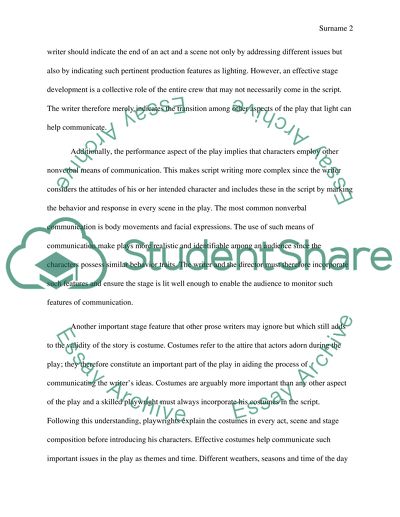Cite this document
(“Drama Anlysis Essay Example | Topics and Well Written Essays - 1000 words”, n.d.)
Drama Anlysis Essay Example | Topics and Well Written Essays - 1000 words. Retrieved from https://studentshare.org/literature/1477694-drama-anlysis
Drama Anlysis Essay Example | Topics and Well Written Essays - 1000 words. Retrieved from https://studentshare.org/literature/1477694-drama-anlysis
(Drama Anlysis Essay Example | Topics and Well Written Essays - 1000 Words)
Drama Anlysis Essay Example | Topics and Well Written Essays - 1000 Words. https://studentshare.org/literature/1477694-drama-anlysis.
Drama Anlysis Essay Example | Topics and Well Written Essays - 1000 Words. https://studentshare.org/literature/1477694-drama-anlysis.
“Drama Anlysis Essay Example | Topics and Well Written Essays - 1000 Words”, n.d. https://studentshare.org/literature/1477694-drama-anlysis.


